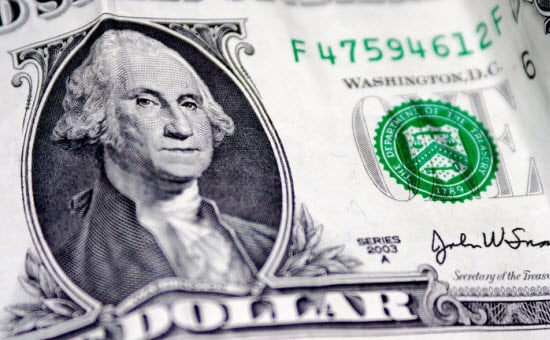There are different kinds of capital that individuals and organisations use to pursue their goals and deliver value.
Employees usually trade human capital (their individual talent, skills, knowledge and efforts) and intellectual capital (their thoughts and ideas) in exchange for financial capital (money).
Effort, ideas and money are not, however, the only forms of capital that exist.
There are many different types of capital that individuals and organisations can use to achieve their objectives. Some are tangible, and to a greater or lesser extent recognised by mainstream economics as ‘factors of production’. Others are intangible, and commonly overlooked.
Tangible Capital
1. Natural Capital – the first and most fundamental type of capital upon which the other kinds are built. Natural capital can be renewable – land, air, sunlight, rivers, oceans, plants, and animals. It can also be non-renewable – coal, natural gas, and oil. Natural capital might also refer to the energy produced from renewable or non-renewable sources (biomass, wind, solar, hydro, coal, nuclear). Unfortunately, short sighted financiers sometimes destroy natural capital in order to produce financial capital and maximise short term profits for shareholders.
2. Built Capital – infrastructure that allows natural capital, as well as other types of capital, to be created, transported, and stored more efficiently and effectively. It might be referred to as the ‘built environment’ or the ‘man-made environemnt’. For example, farms, mines, oil wells, wind turbines, solar farms, roads, railways, pipelines, transmission lines, batteries, silos, storage tanks, dams, and buildings of all kinds.
3. Productive Capital – physical assets that can be used to transform raw materials and goods which represent a ‘work in progress’ into final goods that satisfy the needs or wants of consumers. For example, plant, equipment, tools, vehicles, and computer hardware.
4. Human Capital – the talent, knowledge, skills, effort, and attitude of individuals, teams, and organisations. Management consulting firms hire the best and brightest students and deploy them to solve challenging problems for clients (and charge correspondingly high fees).
Intangible Capital
5. Financial Capital – money, stocks, and bonds. Financial capital represents a claim on the assets or income of other people. Some people focus on acquiring financial capital to the exclusion of everything else. Although financial capital is a social construct, tangible commodities like gold and silver have often been used as money throughout history. Since they are widely accepted as valuable, using precious metals can reduce counterparty risk and offer other benefits.
6. Intellectual Capital – Ideas, knowledge, books, music, art, films, software, maps, technology, brand names, and logos. Intellectual capital might be used as a substitute for human capital or to augment human capital and make it more productive and valuable. Intellectual capital may be recognised by government as a form of intellectual property and protected by laws relating to copyright, trade marks, or patents.
7. Social Capital – relationships, connections, reputation, and status. Universities, schools, museums, and religious institutions are a few examples of institutions that produce social capital. This form of capital would appear to act as the glue which holds individuals, families, organisations and communities together.
8. Spiritual Capital – a conscious awareness that wills the good of others and directs attention towards what is meaningful. Organisations that possess all of the other forms of capital, but lack this one, may ultimately expect to face financial distress and bankruptcy: e.g. Enron, Worldcom, Lehman Brothers, and Bernard L. Madoff Investment Securities.
9. Time – a period during which prior actions have later consequences. It is possible to bargain with the future by sacrificing present enjoyment in order to harvest future gains. The ability to conceptualise time distinguishes humans from other animals. Understanding time allows people to develop investment plans, and become increasingly productive over time. Time is the easiest form of capital to overlook, and hence squander.
Hybrid Capital
Some forms of capital are a combination of tangible and intangible capital, yet distinct in their own right.
10. Cultural Capital – a combination of tangible and intangible capitals that shape and are shaped by an interaction between communication and human action. Cultural capital may be contained in language, art, music, fashion, and the architectural design of buildings, as well as reflected in rituals, traditions, festivals, values, and social recognition.
Source: Flickr
